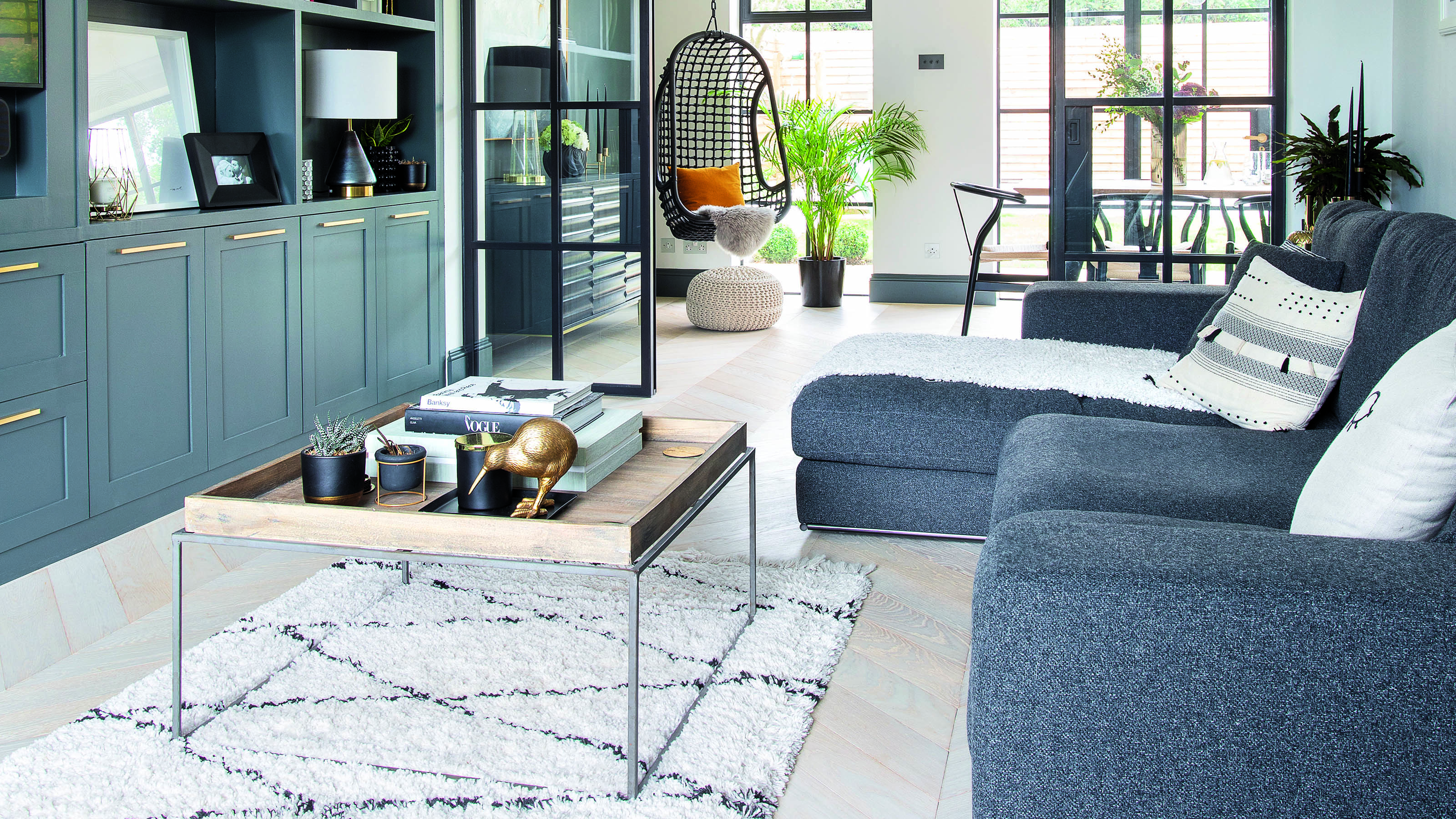In recent years, certain living room styles have firmly entered the top fashionable solutions, but today they are increasingly becoming the subject of criticism among professional designers. What recently seemed the embodiment of modernity and taste now evokes a sense of sameness, fatigue, and lack of individuality. Why are familiar interior trends losing relevance, and what do designers recommend using instead? Let’s take a closer look.
Interior design today changes as quickly as fashion on the runway. Yesterday’s favorites—be it minimalism or even boho—now create a sense of déjà vu. The reason for such a shift in trends lies not only in the speed of information exchange, but also in the fact that mass-replicated templates are gradually losing their uniqueness.
Experts emphasize: when the same style is found in apartments of different sizes and architecture, it quickly becomes tiresome. For example, elements of industrial design, appropriate in a spacious loft, may look unnatural in a standard new building. As a result, the need for a personalized approach is becoming increasingly relevant.
A similar trend once appeared in the world of gaming rooms. Everyone started designing spaces in the same mainstream style — neon backlighting along the desk perimeter, hexagonal wall panels, LED strips behind the monitors, and identical black-and-red gaming chairs. For a while, this uniform look dominated streams and social media feeds, until audiences grew tired of seeing nearly identical setups everywhere.
This sameness became particularly noticeable among gambling streamers from New Zealand, where the contrast between individuality and trends stands out sharply. Local online casinos are developing rapidly, offering generous no-deposit bonuses to attract new players. To see examples of these platforms and the latest deals, click here, where you’ll find curated selections and current offers that reflect how vibrant the country’s iGaming scene has become.
Minimalism has won over many with its simplicity, clean lines, absence of unnecessary items, and abundance of light. Such an interior seems rational and elegant.
According to designer Kerry O’Duivire, excessive strictness in minimalism makes the space cold and makes it feel more like a showroom than a real home. The sense of coldness and lack of coziness is drawing increasing criticism from professionals.
Specialists note that today minimalism is transforming into a new trend—quiet luxury. In this version, soft textures, layering, and textiles are added to the clean forms. Examples of updating minimalist interiors:
This approach softens the overall look and makes the room more appealing for living.
Industrial style is based on the use of metal, exposed utilities, and rough, unfinished surfaces. It is often recognizable by metal pipes, black iron shelves, and industrial lighting fixtures.
Kerry O’Duivire notes: such decor looks good only in lofts or old factory spaces. In modern residential complexes, it can be perceived as a temporary, overly quick solution without much thought or coziness.
Modern designers recommend updating industrial style by adding color accents and warmer materials. For example, replace dark metals with bright shades (red, yellow), add soft decorative elements and live plants. This approach helps maintain the dynamic of the style while making it more comfortable and warmer.
Boho is a combination of ethnic motifs, lots of textiles, rugs, throws, pillows, and plenty of accessories. At one time, this style was the choice for those who wanted to decorate their interior inexpensively and “cheerfully.”
However, over time, boho has turned into a set of typical techniques. Predictable rugs, identical pillows, and planters with succulents are giving way to personalized solutions.
Specialists recommend:
As an example, you can combine a single beautiful pillow with a cactus print on a classic velvet sofa or have a neutral rug paired with a brighter, ethnic top layer.
Farmhouse style is associated with wood, vintage accessories, coziness, and an atmosphere of antiquity. It has become especially popular in the past ten years, thanks to its “ancestral” aesthetic and the romanticization of simplicity.
Ella James Miller, designer and blogger, notes: farmhouse style is not always appropriate, especially in modern high-rise buildings with panoramic windows. The attempt to artificially “age” a new space often leads to a sense of a template.
Designers recommend combining farmhouse furniture with elements of modern design and Scandinavian minimalism. A vivid example is a wooden table paired with a light modern lamp or streamlined furniture next to vintage accessories.
Mid-century modern style is recognizable by furniture legs, clean shapes, retro shades, and streamlined decor. It returned to fashion in the 2010s when major stores offered affordable versions of iconic furniture from the 1950s–1960s.
Prolonged replication has led to a loss of individuality: today, designers advise against turning the living room into a set from the last century. Modern recommendations are as follows:
These methods make the interior more lively and unique.
Modern designers urge you to focus on your own tastes, habits, and life scenario. Personalization is valued more today than following trends.
One approach is to combine elements of different styles, create signature mixes, and pay attention to color, texture, and lighting, not just to the affiliation of an object with a particular direction. Experts emphasize: “True coziness arises where the interior reflects the owner’s history and preferences.”
What makes a home truly cozy and special? Perhaps it is a combination of memory, functionality, and a thoughtful approach to details. It is important to remember: fashionable styles come and go, but an individual touch always remains relevant.
Some text in the modal.
